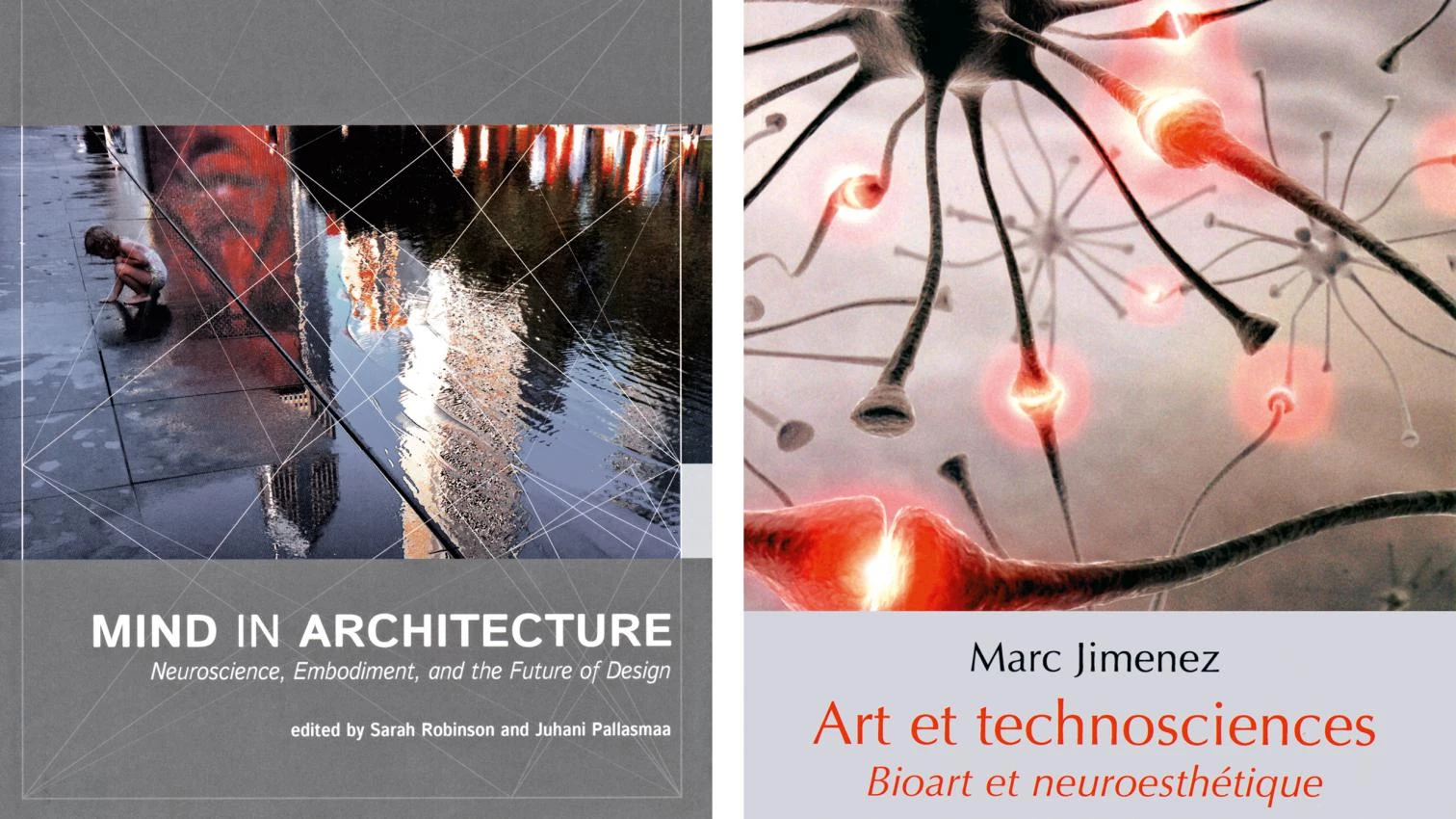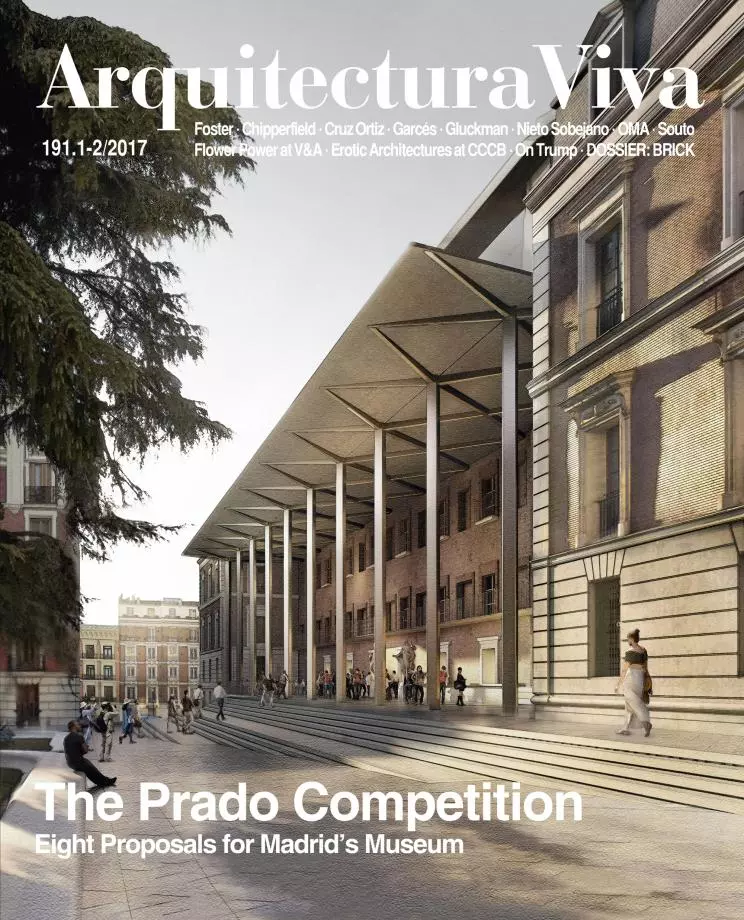
One of the least controversial decisions of President Obama was to allocate 3 billion dollars to the creation of what was considered the philosopher’s stone of neuroscience: the map of the brain activity of our species. Such mapping, potentially as important as the deciphering of the human genome, is still far from taking shape, but the determination to trace one as soon as possible is already bearing fruit in articles and books being published, year after year, on the impact of neuroscience on every branch of knowledge, from anthropology to sociology through economics.
Few, though, have delved into the connections between plastic arts and brain sciences, and this gives particular value to two books that tackle architecture and art from the neuroscientific angle: Mind in Architecture and Art et technosciences. The former is a collection of essays, compiled by Sarah Robertson and Juhani Pallasmaa, where scientists, psychologists, and architects try to learn how the built environment affects our behavior and sensitivity. The aim is to find out what cerebral factors define the human being’s relationship with that environment, and to what extent those factors can be the basis for formulating an ‘expanded theory’ of design that helps architects conceive sensorially richer, and also more meaningful, spaces.
The proposal is attractive, and interest in the theme is enhanced by the quality of some contributions, especially those of two architectural historians, Harry Francis Mallgrave and Alberto Pérez-Gómez, who, following the lessons of Antonio Damasio, compares two ways of understanding the brain, emotions, and architecture: the Cartesian and the phenomenological, now updated in neuroscience. More predictable is Pallasmaa, in whose essay the brain sciences become perfect justification for an ideologized view of architecture where haptic prevails over optic, atmospheric over tectonic, and modernity is denounced, whether in its canonical or in its globalized version. Pallasmaa’s attitude is shared by other contributors to the book, whose texts repeat the phrase ‘change of paradigm,’ suggesting that in the approach to neuroscience lies the risk of another relapse into rhetoric, the use of science’s prestige to mask a critique that serves an aesthetic or ideological agenda.
More impartial is the philosopher Marc Jimenez in Art et technosciences, written in the tradition of the ‘Que sais-je’ breviaries, which poses fifty questions and answers defining what the author calls ‘neuroaesthetics,’ a discipline at the crossroads of traditional aesthetics, cognitive sciences, and neuroscience. Barring some triviality and dispersion, Jimenez’s work is valuable in its broad perspective and its attempt to include the scientific in a variable and contingent cultural sublayer, avoiding the determinisms and simplifications so loved by those who try to give art and architecture a scientific base: from Gustav Fechner and the physiological aesthetic of the 19th century to Semir Zeki and his vacuous and ultimately useless neuroart.
Paraphrasing Lewis Mumford: do not ask of science more than what it can give, especially when we talk about architecture. Behind its cloak of objectivity often hides an ideology.







